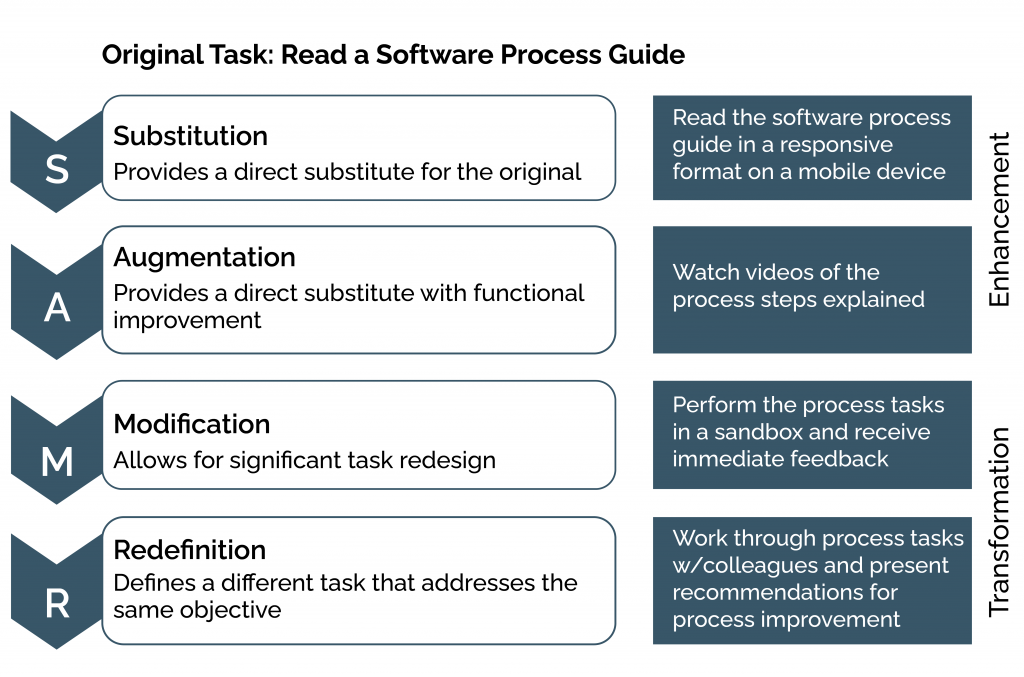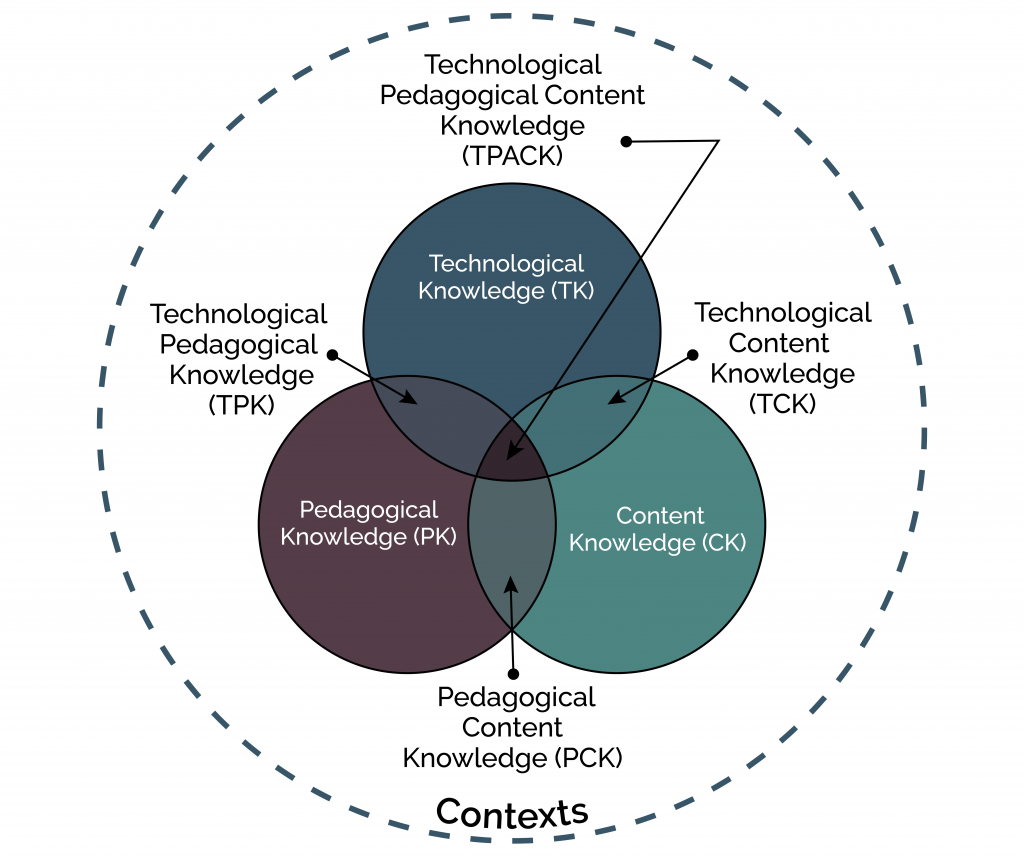Instructional designers all have the same essential mandate to design educational interventions that result in closing performance gaps. For decades now, technology has been used to redefine the way we train. The recent pandemic has accelerated the application of technology to transform traditional classroom training into remotely delivered, blended experiences.
As IDs and facilitators, we’re under tremendous pressure to curate engaging learning experiences and achieve effective, efficient knowledge transfer. A tall order when in-person training was one of the arrows in the quiver, the difficulty is greatly compounded in fully remote offerings. It is more remarkable still if the offering is both fully remote and asynchronous.
Using technology to augment or redesign learning is an opportunity to improve the learner’s experience, but frequently it results in the opposite outcome. Improving and upon existing methods is difficult; we tend to stick with what’s worked in the past. This is true of in-person or remote, synchronous or asynchronous learning. We can, however, look to another group of educators for help in framing and vetting our proposed designs.
The two most popular frameworks used to plan technological integration into K-12 learning contexts are the SAMR and TPACK models. While these are models frequently associated with K-12 education, they offer the ID working with adults in professional contexts a valuable tool to help frame and vet design decisions before investing in them.
 SAMR visualizes a continuum of technological transformation. The first two levels, called enhancement, are the typical ways that we use technology to change the way we transfer knowledge. While the second two, modification and redefinition, seek to transform how we enable learners to reach objectives.
SAMR visualizes a continuum of technological transformation. The first two levels, called enhancement, are the typical ways that we use technology to change the way we transfer knowledge. While the second two, modification and redefinition, seek to transform how we enable learners to reach objectives.
SAMR provides us with a handy way to think about our lesson planning and helps us set quantifiable goals, especially when updating existing content. SAMR has an oft-cited inherent pitfall; it may provide users a false sense that the goal should always be redefinition because it is a stepped framework. Not every task is best served by redefinition. We may do a disservice to learners if we over-transform functions that can be more efficiently accomplished with a traditional or low-tech solution. This is where using TPACK in conjunction with SAMR can provide us with a complete way to think about our overall offering and its objectives.
TPACK reminds us that introducing technology itself is not the goal but instead an improved learning outcome. It posits that three dimensions of knowledge must come together to create a practical implementation of technology. The dimensions are pedagogical, content, and technological expertise, i.e., technology itself doesn’t necessarily equate with better outcomes.

- Content knowledge, do we have the requisite knowledge to transfer it to the learners effectively?
- Technology knowledge, do we know how to implement the technology in question properly?
- Pedagogical knowledge, do we know the best methods to teach the content?
The goal should be the convergence of these three areas, technological pedagogical content knowledge (TPACK). Having only one or two of these areas taken together as the basis for a given objective is likely to result in a suboptimal solution.
For example, you have equipment maintenance training traditionally done with a representative piece of equipment in a classroom setting. Still, it is no longer feasible for logistic reasons to have the training done in a central location. You decide to transform the exercises by using an AR solution so that the training can travel. You have the content knowledge (through your SMEs) to commission the models. And you have the pedagogical knowledge and, by using cognitive task analysis, have designed a relevant and effective progression of objectives supported by reciprocal teaching. But your facilitators rotate, and they don’t have adequate support at the remote training sites, resulting in significant downtime and a poor overall learner experience. Thus, your solution fails to account for the lack of technological knowledge and therefore fails to reach TPACK convergence.
By framing potential avenues for transformation using SAMR and vetting options using TPACK, we can identify where the best bang for our development buck might lie. Both models have drawbacks, not the least of which is the lack of quantitative study tying the models to the more significant body of educational research. Despite this, the models can provide a helpful framework when planning course enhancements or redesigns. However, their use must be coupled with evaluation criteria to define the enhancement’s success or failure.
Looking for ways to reframe our development choices is an excellent way to check assumptions and avoid mistakes. At Radiant Digital, we look for new ways to reframe our thinking about professional training to efficiently help our clients apply their training dollars. Radiant specializes in custom content creation for enterprises with learning needs unique to their organizations. We can help you design, develop, and implement your learning solutions from cognitive task analysis to learning application development and integration.
Koehler, M. J., & Mishra, P. (2009). What is technological pedagogical content knowledge? Contemporary Issues in Technology and Teacher Education, 9(1), 60-70.
Puentedura, R. R. (2013, May 29). SAMR: Moving from enhancement to transformation [Web log post]. Retrieved from http://www.hippasus.com/rrpweblog/archives/000095.html


